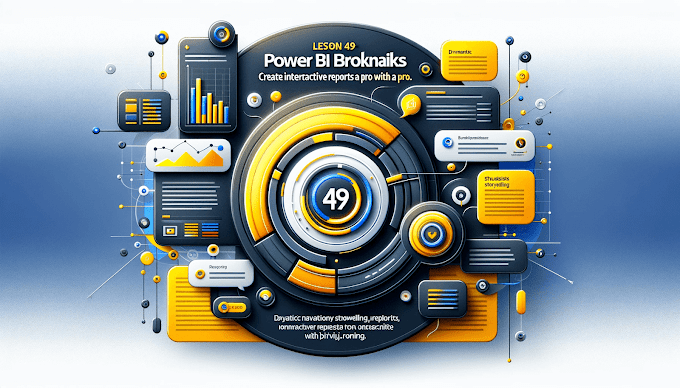In today’s data-driven world, a static dashboard isn’t enough. Businesses expect interactive Power BI dashboards that tell a story, not just show numbers. Let’s explore how you can make your Power BI reports engaging, dynamic, and truly loved by clients.
Start With a Clear Story
Before adding visuals, decide the goal of your dashboard.
Ask yourself What question am I answering?
- Sales dashboard “Where are sales increasing or dropping?”
- Marketing dashboard “Which campaign performed best?”
- Finance dashboard “What’s our real-time profit?”
A strong story creates direction and helps in choosing the right visuals.
Use Slicers for Instant Interaction
Slicers make dashboards feel alive.
They let users filter data instantly by region, time period, or department.
tip: Use vertical slicers on the left panel for better navigation.
Example:
Add a “Year” and “Region” slicer so users can toggle between 2023 and 2025 insights instantly.
Add Buttons & Bookmarks
Buttons make navigation seamless just like a website.
You can use Power BI Bookmarks to:
- Switch between pages
- Show/Hide visuals
- Create “View More” popups for detailed data
This gives a professional “app-like” feel your clients will love.
Enable Drill-Through Pages
Ever clicked on a data point and wanted to see details?
That’s where Drill-Through Pages come in.
For example:
- Click on “North Zone Sales” Jump to full regional breakdown.
- Click on “Product A” See detailed performance metrics.
This adds depth and gives control to your audience.
Use Dynamic Titles and Measures
Dynamic visuals respond to user interaction.
Example:
When a user selects 2025, your title updates to:
Sales Overview – 2025 (North Zone)”
Use DAX formulas to create such interactive text. It personalizes the experience.
Add Hover Tooltips
Instead of cluttering the page, show details only when users hover.
Create custom tooltips that display deeper insights charts, metrics, or text in a small popup window.
It keeps dashboards clean yet informative.
Optimize for Mobile
Most clients check reports on tablets or phones.
Use Power BI’s Mobile Layout to adjust card sizes and fonts.
Avoid wide visuals go for vertical scrolling instead.
Tip: Test your dashboard on Power BI Mobile App before sharing it.
Add Branding and Consistency
Make dashboards visually appealing and aligned with your client’s identity.
Use:
- Brand colors
- Company logos
- Consistent fonts
It builds trust and looks professional.
Monitor User Behavior
Use Power BI Service Usage Metrics to track how clients interact with reports.
You’ll see which visuals they click most and where they lose interest.
Then, refine your dashboards for better engagement.
Final Thoughts
Interactive Power BI dashboards help clients not just see data, but feel connected to it.
By using slicers, bookmarks, and storytelling, you transform a normal report into a powerful decision-making tool.
Next Blog Preview
Power BI Dashboard Design Mistakes You Should Avoid in 2025
Need help designing Power BI dashboards?
Email: support@virvijay.com
Visit: virvijay.com







